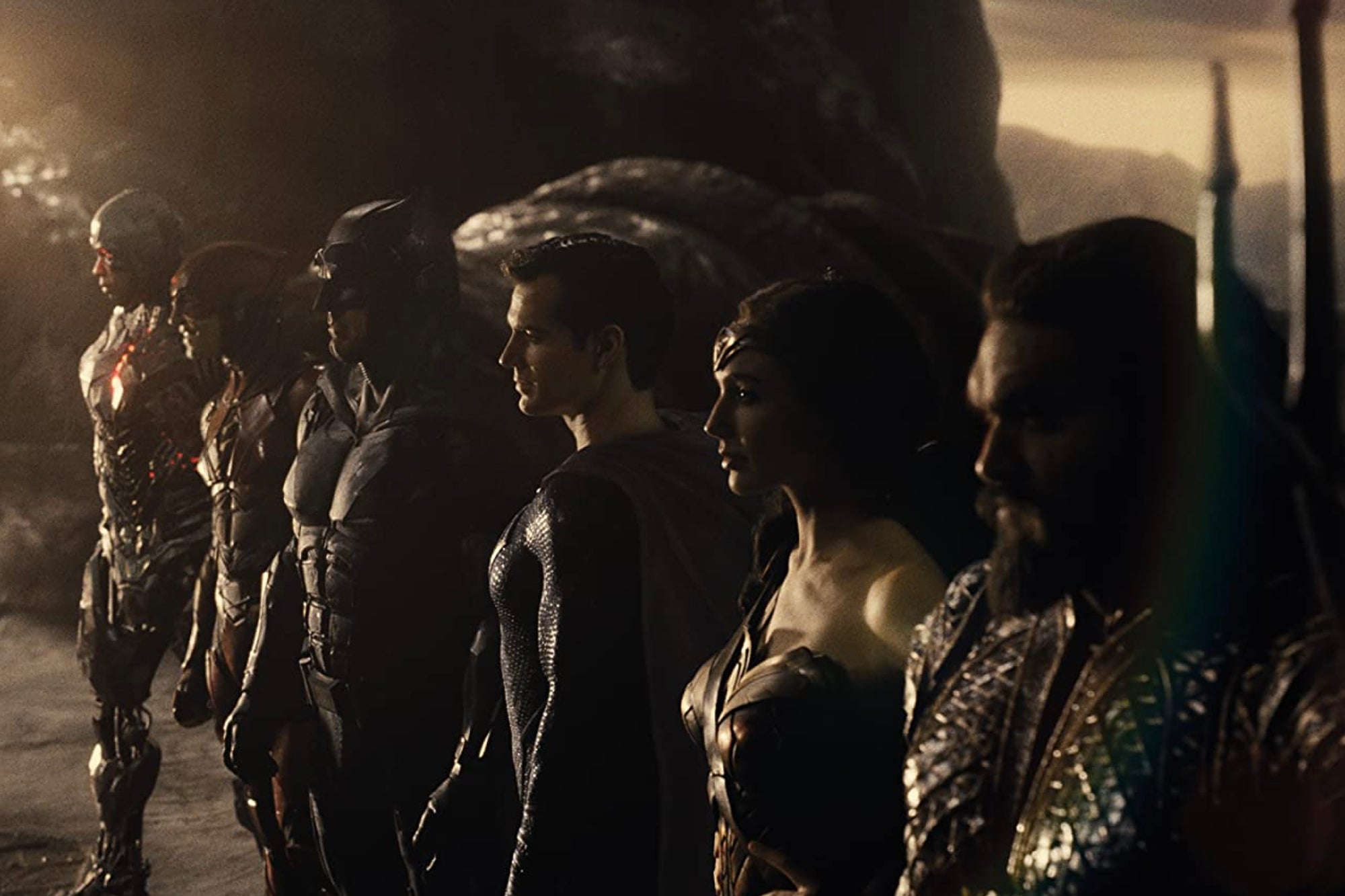
April
26, 2021
6 min read
Opinions expressed by Entrepreneur contributors are their own.
DC has two of the most famous characters of comic book lore; Superman and Batman. When it comes to movies, though, Marvel is way ahead. Spiderman kicked things off, but it was the success of Iron Man that really pushed superheroes into the public eye. Captain America, Guardians of the Galaxy, Thor, Black Panther and Captain Marvel all went on to be huge successes at the box office. Avengers: End Game even went on to break Avatar’s record haul of $2.788 billion.
Justice League was DC’s answer to The Avengers. Growing up on Saturday morning cartoons, I could hardly wait to see the “world’s greatest superheroes” team up on the big screen, but I was very disappointed when it was released in 2017. The action was weak, the story forgettable, the characters shallow, the whole thing felt rushed.
Fast forward to 2021, and the original director Zack Snyder was able to release his version of Justice League on HBO Max. Having watched it over the weekend, I have to say it feels like a completely different movie, and its 8.4 rating over on IMDB is well deserved. So why did the first version bomb and this one succeed? The answers apply to business as well. Here are four powerful lessons entrepreneurs can learn from Zack Synder’s Justice League.
Know your audience
If there was one person that knew his audience, it was Steve Jobs. He knew his audience was frustrated with PCs and knew that people would be willing to pay a premium for quality products. He also knew that style was important mattered to many people even when it came to tech. Apple singlehandedly changed the entire market with its iMacs, iPods and iPhones.
Zack Snyder knew that DC’s greatest characters deserved a great story filled with action-packed scenes, which is precisely what he delivered with the Synder cut. Sitting at four hours and two minutes, you’d think the movie might drag, but outside of the epilogue, the movie moves along nicely. He gave fans what they wanted and has reignited an interest in DC’s superhero team.
Elon Musk is a perfect example of an entrepreneur that knows his audience. Telsa owners buy them because they don’t want to contribute to climate change and enjoy having a silent cabin (thanks to the engine being completely electric). He also included an option for drivers who want to show off with Telsa’s insane and ludicrous modes as well as autopilot.
Related: How to Reach Your Target Audience
A good story is powerful
James Cameron’s Titanic on paper sounded silly. A movie about a ship sinking. Big frickin’ deal. We all know the ending; the ship sinks. To make matters worse, its $100-million budget spiraled out of control, and the final mark landed somewhere north of $200 million. People assumed (myself included) that it would be an absolute disaster. We couldn’t have been more wrong.
Titanic broke all sorts of records, and it became the highest-grossing movie of all time. With all the positive press it had been getting, I decided to watch it in the theater as nothing else worth watching was on and thoroughly enjoyed it.
One of the reasons why Avengers: Infinity War and Avengers: End Game did so well was the compelling story. We were invested. We had to know how they would defeat Thanos.
Entrepreneurs must learn the art of storytelling. It’s one of the reasons the CEO of the now-defunct Theranos, Elizabeth Holmes, and WeWork’s CEO, Adam Neumann, were so successful, they knew to tap into our desire to be spellbound. Storytelling makes ideas and concepts come alive in both investors’ and customers’ minds and is a surefire way to boost your business’s bottom line.
Related: Why Storytelling is a Skill that Every Entrepreneur Should Practice
Visuals make a huge difference
One of the lessons I learned early on in my entrepreneurial career is that our eyes can be deceived. Magicians use this to their advantage. Some salespeople use it against us. Through deception or distraction, we see what they want us to see.
When investing in real estate, my mentor taught me not to look with my eyes but to look at the numbers. It’s something that Robert Kiyosaki reiterates in many of the books in his Rich Dad series.
Entrepreneurs must learn to use visuals to their advantage in every part of their business, including presentations, products, packaging, logos, offices and colors. Over the past two years, I’ve bought products from Olympus (OMD camera), Facebook (Oculus Quest) and Apple (iPad) and each time, the packaging was immaculate. They oozed quality, and the products themselves were even more impressive.
Related: How to Create the Stunning Visuals Critical to Startup Success
Emotions sell
We like to think we buy on logic. We don’t. We buy on emotion and justify with logic. This is something I learned from one of the greatest copywriters of all time, Joseph Sugarman, in his excellent book Triggers.
Ask your friend why they bought a BMW, and they’ll tell you about the warranty, the comfort, the engine, the safety features, but the truth is they bought it because they wanted it. They wanted the prestige that comes with having a BMW. They wanted people to say, “Nice car.” You won’t get that with a Toyota Camry or Honda Accord, but a BMW or Mercedes, ah, that’s different.
Logic will only take you so far. Entrepreneurs must learn to tap into their customers’ emotions. One of the best ways to do this is through experiences that surprise and delight customers. In this viral age, stories such as Lego and the 7-year-old boy who lost his ninja, Trader Joe’s delivery to an 89-year-old man and Peter Shankman’s experience with Morton’s Steakhouse are classics and pull on people’s heartstrings.
It just goes to show you that with a little extra care, you can earn customers for life.



